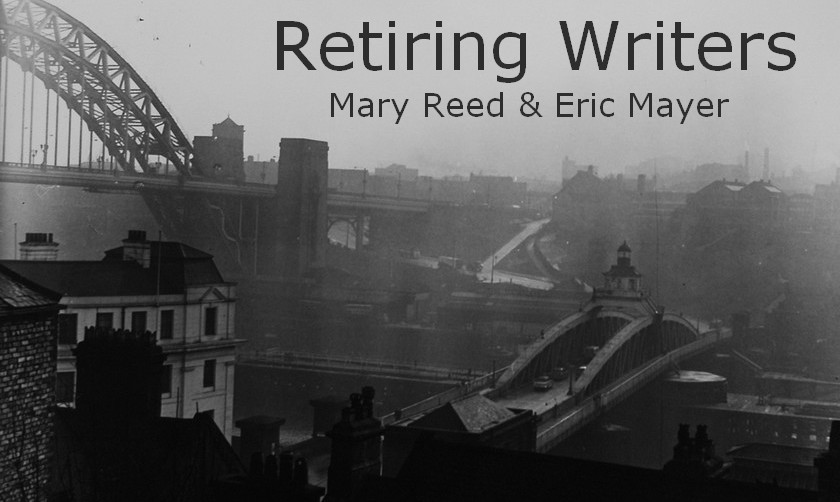The current heatwave in many parts of the country has doubtless provided a bonanza in the form of increased sales of ice cream, soft drinks, and sun tan oil. Not to mention calamine lotion, that pink flaky stuff we wore during the hotter stretches of English summers, which despite that lying jade Dame Rumour's contention to the contrary came along now and then.
During those warm spells, since we lived in an industrial area with an abundance of concreted over back yards and no gardens -- the nearest greenery to be found was local cemeteries or parks and living in the city haymaking was not an option when the sun shone -- the heat was magnified something awful. It was excellent for drying the Monday wash strung across the back lane but us thin-blooded locals sometimes found it hard to cope with higher than usual temperatures.
We sometimes went to the coast on sunny summer Sundays, but that was not always possible. The swimming baths part of the baths and wash house not far from our street were not free, and the only other body of water near us -- across Scotswood Road at the bottom of our street in fact -- was the River Tyne. Nobody with any sense set foot in it, given at the time if anyone fell in a certain nasty procedure involving the stomach was routine treatment because of the filthy state of the water.
Aside: cleaning-up efforts have progressed very well since then as I hear salmon have returned to spawn upriver. They must have long ancestral memories or perhaps enough of them got through the various connurbations along the river to keep the Tyne tribe alive.
But to get back to what I was saying, discomfort being the mother of invention, one day my younger sister and I devised a cooling method which these days would be called green.
We lived in an upstairs flat in a terraced street, and so steps led down from the back door into our back yard. If any subscribers have seen Get Carter, they've seen this type of housing in the sequence with the hearse in the back lane, except our back steps were open to the sky rather than roofed in.
Our brainwave was to hook up a hosepipe -- it's an enduring mystery why we even had one, since there was nothing to water and no buggy to wash -- to the cold tap in the kitchen. In passing let me mention that this was the only plumbing provided in the flat until we got a water heater. The traditional usual offices were represented by the loo in the back yard although in all fairness to the landlord, the Victorian vintage clothes boiling copper was still in the scullery although in our time it was only used as a meeting place for black beetles.
Well, we tied a broom to the top of the outside staircase and from the broom suspended a colander swinging from three bits of string. Then we tied the hosepipe into the colander, turned on the cold tap, et voila, a shower arrangement was created. We donned our scratchy one-piece black wool bathing suits and took turns standing under the cool water, our feet on sunwarmed concrete.
As the neighbours may well have said, by, but those bairns thought up a canny plan.
Now when Eric says he feels too hot, I'm not being rude when I tell him to stick his head under the cold tap.
A colander is optional.




